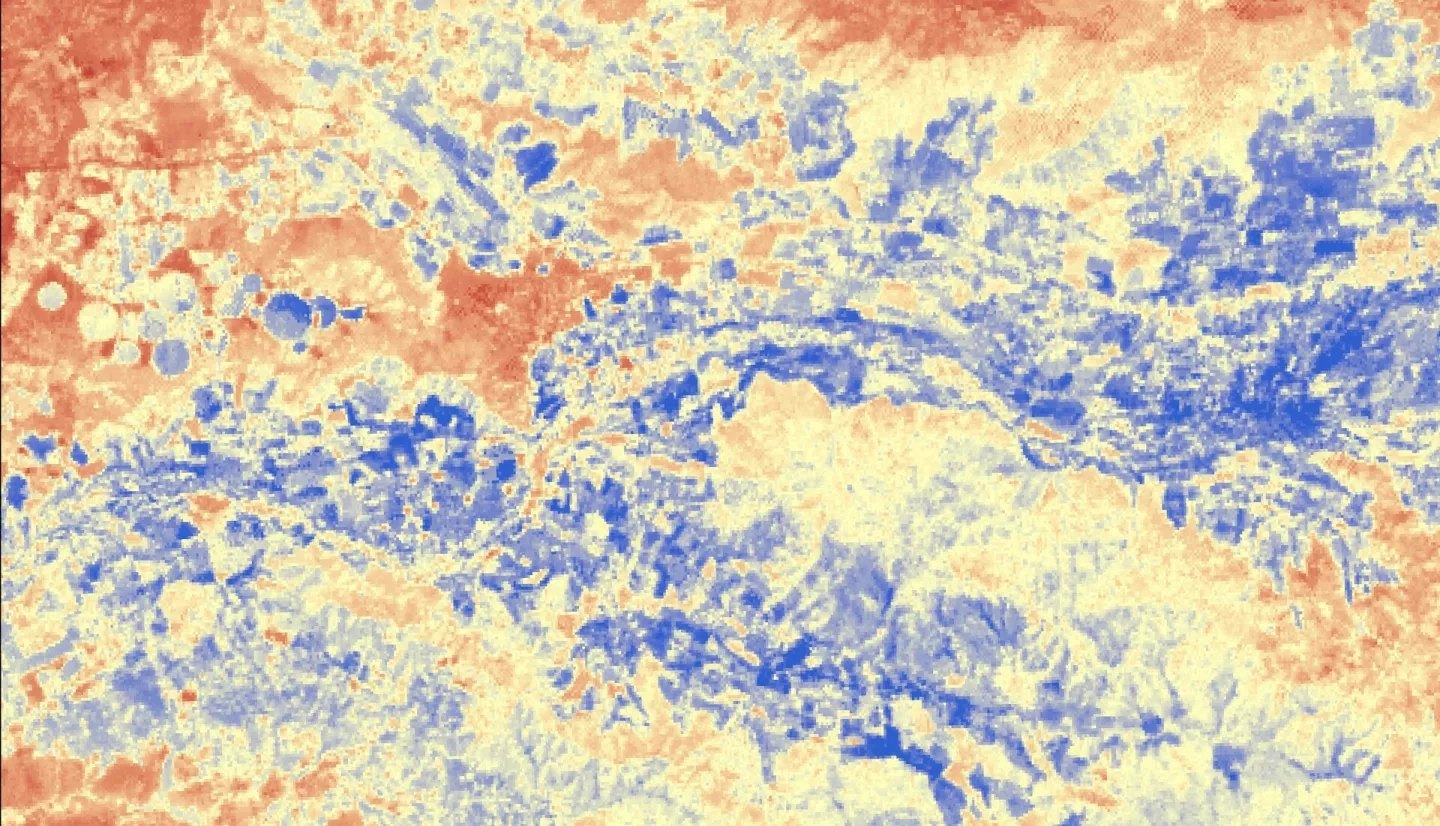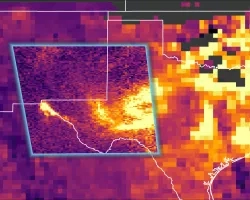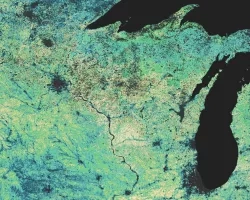Maipo River Valley Agriculture (Summer 2022)
Team: Benjamin Goffin (Project Lead), Duncan Srsic, Rishudh, Sarah Carlos
Summary: Agriculture is the primary use of water in the Maipo River basin of Central Chile, accounting for ~ 75% of the total demand. Assessment of irrigation needs for agricultural production has commonly relied on reference crop coefficients (Kc) derived from geographic and climatic conditions that differ from those of Chile. In partnership with the Centro de Información de Recursos Naturales (CIREN), this work focused on calculating site-specific crop coefficients tailored to crop production in the water-stressed Maipo River Valley. Two distinct approaches were implemented, each relying on remotely-sensed Earth observation datasets from NASA over consecutive growing seasons from 2019 to 2022. The first method estimated Kc values based on their linear relationship with the Normalized Difference Vegetation Index (NDVI) obtained from either Terra Moderate Resolution Imaging Spectroradiometer (MODIS) or Landsat 8 Operational Land Imager (OLI) surface reflectance. The second technique leveraged information from the ISS Ecosystem Spaceborne Thermal Radiometer Experiment on Space Station (ECOSTRESS) by computing the ratio between actual crop evapotranspiration (ET) and potential evapotranspiration (PET). Both procedures showed promising results that can build on one another. The former approach best captured vegetation signals of annual crops while the latter appeared suited for perennials. Overall, this study provides a strong basis and novel way to accurately estimate Kc using remote sensing, with the potential for improved irrigation management and reduction in water consumption.



